This preview article from Stephanie Mirah was originally published in The Post and Courier on December 30th, 2021. (Photo: Will Crooks)
GREENVILLE — The black box theater in the West End is revving up to produce The Lotus Paradox, the third show in its season of seven.
If the name of the play doesn’t sound familiar, it is because The Warehouse Theatre will be the first place it is performed.
Written by screenwriter and playwright Dorothy Fortenberry, the play is about a children’s novelist who becomes famous for her book trilogy. When a superfan travels to her home with a secret, family dynamics are challenged.
Fortenberry is a producer and writer for The Handmaid’s Tale on Hulu, and a writer for the science fiction television show on the CW, The 100.
“I’m very curious how people respond and what moments stick out to people,” Fortenberry said about her play.
While the play has deeper themes of loss and climate change, she doesn’t “think it feels like homework.”
“I think it is funny. It’s unexpected. I think it is an enjoyable way to spend an evening,” Fortenberry said.
The five-person cast, composed entirely of Upstate artists, is currently rehearsing for the show. Fortenberry, based in California, is in Greenville working with the cast and crew for the first week and a half of rehearsals. She will return for performances beginning in mid-January.
“It is objectively thrilling to be in a room creating art again, with people that I love dearly,” said Mike Sablone, producing artistic director for the theater.
Sablone has known Fortenberry for years, both personally and as an artist. He initially came across her writing when he worked at a theater in Los Angeles. He read a comedy Fortenberry wrote that he said had a “strong original voice and was also so funny.”
About five years ago, when Sablone first started at the Warehouse, he and Fortenberry found themselves at the same event. When he told her about his new role in South Carolina. She knew of Greenville because she had family nearby.
Sablone joked that Fortenberry’s familiarity with the area was “a wonderful excuse for us to get to work together after so many years of knowing each other.”
Fortenberry said her play has had a “long and winding road.” While working on a project for a solo performance class during graduate school, she considered writing about a children’s book author she admired. Fortenberry researched the author and realized she had an “idealistic vision of her and that her actual life was much messier.” At the time, she didn’t know what to do with the information and moved on.
Later, the Binger Center for New Theatre at Yale University commissioned Fortenberry to write a play, and she chose to return to the idea. Over the course of a few years, she crafted and workshopped it.
Fortenberry then sent it to Sablone. He was “struck by [it] immediately” and filed it away as something he wanted to produce but needed to wait for a season where it would best fit. When it finally came time to produce the play, the pandemic hit, pushing it to the current 2021-2022 season.
The Warehouse Theatre has premiered other plays in the past, including 11 original works produced virtually during the start of the pandemic in 2020.
Sablone said the Warehouse audience is one that enjoys seeing something new.
“Whether it’s new to the Upstate or something that is brand new to the world is an exciting proposition for our audience.”
Sablone said the artists also get to have “a real voice in how these characters fully are brought to life.”
“It allows everyone the opportunity to create something that gets to be seen here before it goes out to other places in the world.”
As the COVID-19 omicron variant continues to surge, the theater will monitor the situation and alert ticket holders of any changes to its schedule or guidelines via email and social media.
The theater requires that all non-performers be masked while in the building. Visitors must also show proof of vaccination, a negative PCR test from within 72 hours, or a negative antigen test within eight hours before the performance.




